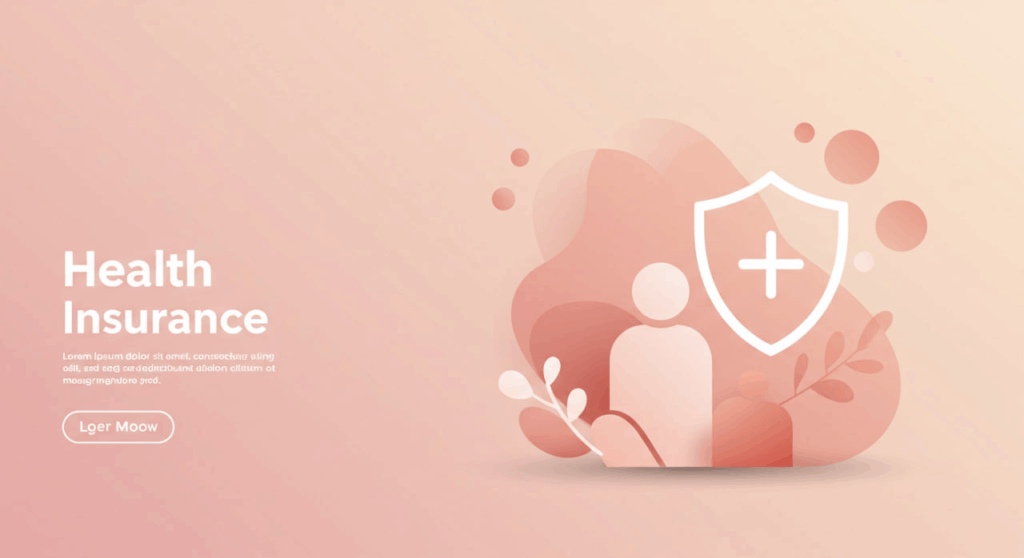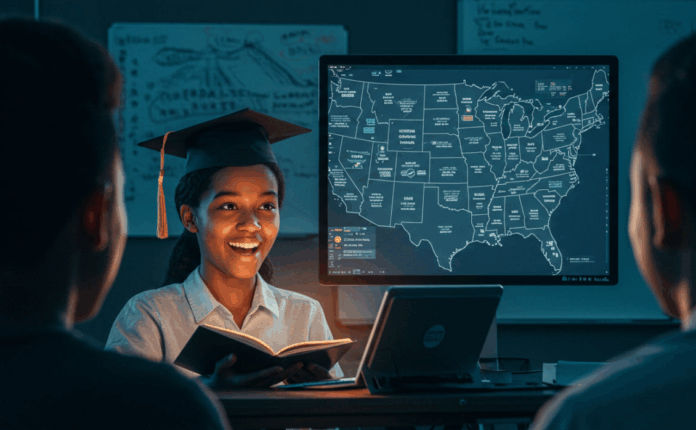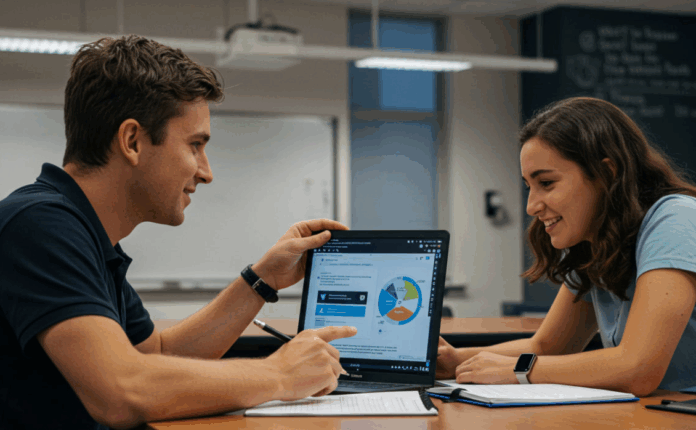The landscape of education in America is undergoing a seismic shift, breaking free from the confines of traditional classrooms and rigid curricula. The rise of accessible education—through online platforms, non-traditional models, and innovative learning pathways—is democratizing knowledge like never before. From rural communities to bustling urban centers, learners of all ages and backgrounds are embracing new ways to acquire skills, earn credentials, and pursue their passions. This revolution is not just about technology; it’s about reimagining how education can empower individuals to shape their futures without barriers. In this article, we’ll explore how accessible education is transforming America, the innovative models driving this change, and what it means for learners everywhere.
The Rise of Accessible Education
Breaking Down Barriers to Learning
For decades, access to quality education was limited by geography, finances, and rigid institutional structures. Students in remote areas struggled to access advanced courses, while working adults faced challenges in balancing education with their jobs and family responsibilities. Today, accessible education is helping to dismantle these barriers. Online platforms like Coursera, edX, and Khan Academy offer high-quality courses from top universities, often at a minimal or no cost. These platforms bring Ivy League lectures, coding bootcamps, and vocational training to anyone with an internet connection, leveling the playing field for millions.
The impact is profound. A single mother in rural Appalachia can now study data science from the comfort of her kitchen table. A high school student in a small town can explore quantum physics through free online resources. Accessibility means education is no longer confined to elite institutions or privileged communities—it’s a universal opportunity, tailored to individual needs and schedules.
The Power of Flexibility
One of the hallmarks of this education revolution is flexibility. Traditional education often demands full-time commitment, with fixed schedules and physical attendance. Non-traditional models, however, prioritize learner autonomy. Asynchronous online courses enable students to learn at their own pace, while micro-credential programs, such as Google’s Career Certificates, offer targeted skills training in months rather than years. This flexibility empowers learners to integrate education into their lives, whether they’re balancing a 9-to-5 job, caregiving, or other responsibilities.

Moreover, flexible learning fosters inclusivity. For individuals with disabilities, online platforms often provide accommodations like closed captioning, adjustable playback speeds, and text-to-speech options. This ensures that education is not only accessible but also equitable, catering to diverse learning needs and requirements.
Non-Traditional Models Redefining Education
The Boom of Online Learning Platforms
Online learning has experienced a surge in popularity, with platforms like Udemy and Skillshare offering courses on a wide range of topics, from photography to artificial intelligence. These platforms prioritize practical, real-world skills, appealing to learners who want immediate applicability. For example, a graphic designer can take a 10-hour course on Adobe Illustrator and start freelancing the following week. This immediacy contrasts sharply with the lengthy timelines of traditional degrees, making online learning a game-changer for career switchers and lifelong learners.
What sets these platforms apart is their global reach and affordability. Many offer free or low-cost courses, and some provide financial aid or scholarships. This accessibility ensures that education is no longer a luxury but a right, available to anyone with the drive to learn.
Alternative Credentials and Micro-Learning
Beyond online courses, alternative credentials like micro-degrees, nanodegrees, and digital badges are gaining traction. Programs like Udacity’s Nanodegree or LinkedIn Learning’s skill badges focus on specific, in-demand skills, such as cloud computing or project management. These credentials are often recognized by employers, offering a faster, more affordable path to career advancement than a four-year degree.
Micro-learning, which delivers content in bite-sized, focused modules, is another cornerstone of this revolution. Apps like Duolingo or Quizlet use gamified micro-learning to make education engaging and digestible. Learners can spend 10 minutes a day mastering a new language or brushing up on calculus, fitting education into even the busiest schedules.
Community-Driven and Peer-to-Peer Learning
The education revolution isn’t just about top-down learning; it’s also about community. Peer-to-peer platforms, such as StudyPool and Brainly, connect learners with peers and experts for collaborative study sessions. Meanwhile, community-driven initiatives, such as local maker spaces or coding meetups, foster hands-on learning in supportive environments. These models emphasize collaboration and real-world problem-solving, preparing learners for dynamic, team-based workplaces.
The Impact on Learners and Society
Empowering Lifelong Learning
The accessibility of modern education encourages a culture of lifelong learning. In a rapidly changing job market, where automation and AI are reshaping industries, continuous skill development is essential. Accessible education allows professionals to upskill or reskill without pausing their careers. For instance, a factory worker can learn robotics through an online boot camp, potentially transitioning to a higher-paying role in a matter of months. This adaptability strengthens the workforce and fuels economic mobility.
Lifelong learning also enriches personal growth. Retirees are enrolling in history courses for pleasure, while hobbyists explore creative writing or music production as a hobby. By removing the stigma of “going back to school,” accessible education celebrates learning as a lifelong journey.
Bridging the Opportunity Gap
Perhaps the most significant impact of this revolution is its potential to bridge the opportunity gap. Low-income communities, which have historically been underserved by traditional education systems, now have access to world-class resources. Non-traditional models, such as apprenticeships combined with online learning, provide pathways to high-demand fields like cybersecurity or healthcare without requiring expensive degrees. This inclusivity fosters social equity, empowering individuals to break the cycle of poverty and build brighter futures.
Challenges and the Road Ahead
Despite its promise, the education revolution faces challenges. Digital divides—such as a lack of internet access or devices—still exclude some learners, particularly in rural or low-income areas. Additionally, the quality of online courses varies, and not all credentials carry equal weight with employers. Addressing these issues requires investment in infrastructure, standardized accreditation, and public-private partnerships to ensure equitable access to quality education.
Looking ahead, the integration of emerging technologies, such as virtual reality (VR) and artificial intelligence (AI), could further enhance accessible education. VR simulations could provide immersive training for medical students, while AI-driven tutors could offer personalized learning experiences. The future is bright, but it demands ongoing innovation and a commitment to inclusivity.
Why This Matters for America
America’s education revolution is more than a trend; it’s a movement toward empowerment, equity, and opportunity. By embracing accessible education, the nation is investing in its people, equipping them with the tools to thrive in a complex, ever-changing world. Whether it’s a teenager exploring computer science, a mid-career professional pivoting to a new industry, or a retiree pursuing a passion, learning without limits is reshaping lives and communities. This revolution invites everyone to the table, proving that education is not a privilege but a universal right.
FAQ
What is accessible education?
Accessible education refers to learning opportunities that are available to everyone, regardless of location, financial status, or personal circumstances. It includes online courses, non-traditional programs, and flexible learning models designed to accommodate diverse needs.
How do online platforms make education more affordable?
Many online platforms offer free or low-cost courses, with some providing financial aid or scholarships to support students. This reduces the financial burden associated with traditional degrees, making education more accessible to a wider audience.
Do employers recognize alternative credentials?
Yes, many alternative credentials, such as Google’s Career Certificates or Udacity’s Nanodegrees, are recognized by employers, especially in tech and business fields. However, recognition varies by industry and employer, so research is key.
How can non-traditional education benefit working adults?
Non-traditional education offers flexibility, allowing working adults to learn at their own pace and on their own schedule. Short, targeted programs, such as micro-credentials, enable quick skill acquisition without disrupting work or family life.
What challenges does accessible education face?
Challenges include the digital divide (a lack of internet or device access), varying course quality, and inconsistent credential recognition. Addressing these issues requires investment in infrastructure and standardized accreditation.



